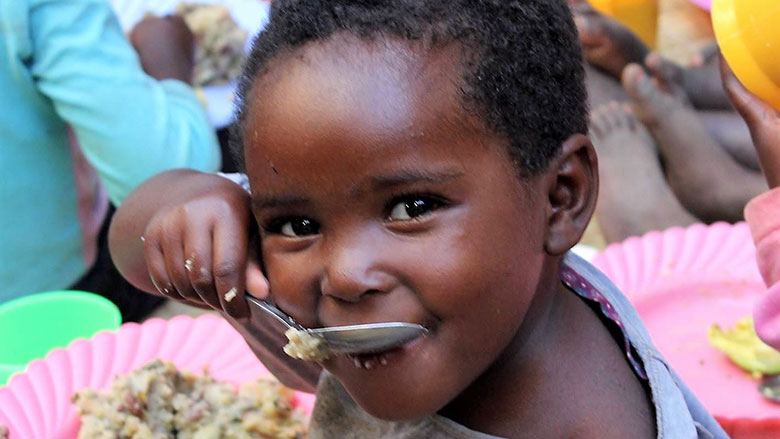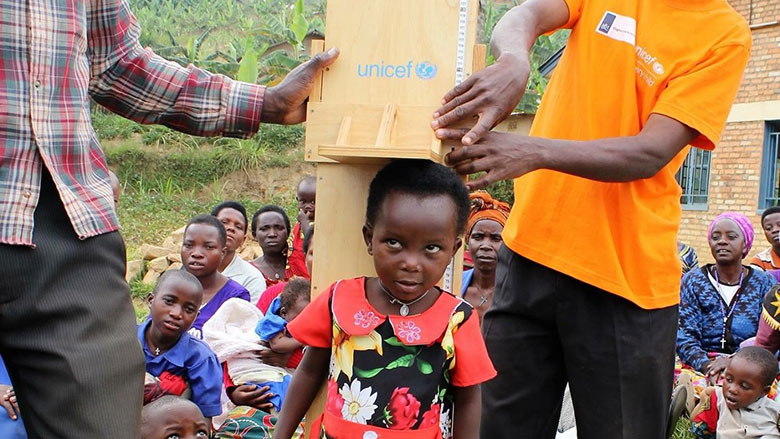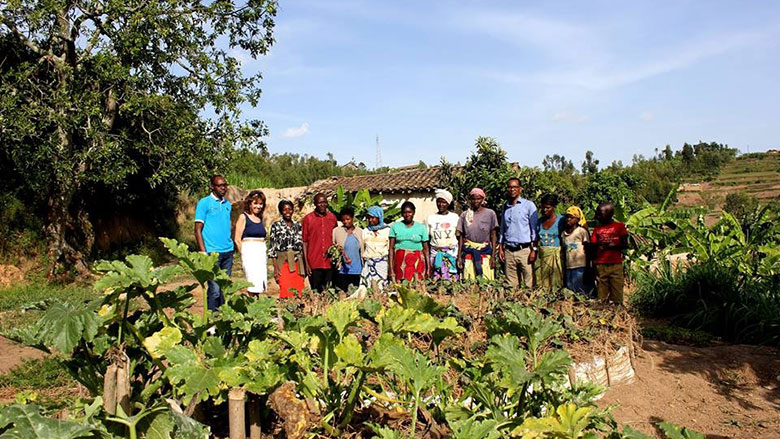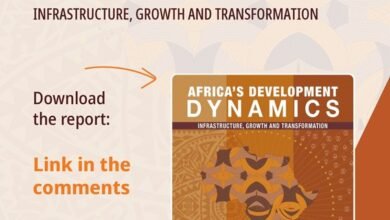Rwanda : Tackling Stunting to Build Human Capital.
With World Bank support, the government of Rwanda has developed a bold new approach to tackle stunting, chronic malnutrition, with an enhanced package of multisectoral interventions. Early Achievements and Strategic Priorities.
By DBM, at Kigali
Rwanda became one of the early adopters of the Human Capital Project and the Stunting Prevention and Reduction project (SPRP), the centerpiece of a broader World Bank program to reduce stunting, and secure a healthy, productive future for children.
« Rwanda has made remarkable progress on infant, child and maternal mortality, meeting or exceeding most goals »
Rwanda has made remarkable progress on infant, child and maternal mortality, meeting or exceeding most goals. However, stunting remained stubbornly high at about 38 percent in 2015 and affected nearly 50 percent of the poorest children. In 2017, the government made a high-level political commitment to drastically reduce stunting, recognizing it impeded cognitive development, educational attainment, and lifetime earnings and deprived the economy of critical human capital to attaining middle-income status. Analytical work in 2018 found that 24 percent of children under the age of 2 received adequate care, 34 percent of children had a minimally acceptable diet, 37 percent had adequate environmental health, and only four percent had access to all three critical dimensions, underscoring the importance of a multi-sectoral approach.

An infant at a Home-based ECD Center Enjoying a Nutritious Meal in Muhanga District. Credit: Miriam Schneidman
Approach
To respond to the government’s bold vision and staunch commitment, the World Bank developed one program with three projects (health, social protection and agriculture) supporting a set of innovative supply and demand side interventions. The World Bank produced an investment case and leveraged global evidence to target 13 high-burden stunting districts and children from the lowest wealth quintiles in the critical 1,000-day window.
The SPRP aims to raise awareness and change behavior around stunting (Kugwingira);increase coverage and quality of high-impact health/nutrition interventions; revamp the flagship Community Health Worker (CHW) Program which plays a pivotal role; support home-based early childhood development, providing poor children basic food, early stimulation, and a protective environment; and enhance accountability mechanisms through incentive payments and districts grants. The project was underpinned by a strong learning agenda with continual reporting of results and taking of corrective measures as well as an impact evaluation.

Measuring Height for Age at Growth Promotion Day in Gekenke District: Miriam Schneidman, World Bank.
These are the initial project results : improved coverage of high-impact interventions while incentivizing uptake through the social protection project. Children 6-59 months screened for height/age rose from 73 percent (2017) to 83 percent (2019) and those screened for malnutrition using Mid Upper-Arm Circumference reached over 3.2 million. Pregnant women who attended first antenatal care visit during first trimester increased from 42 percent (2017) to 51 percent (2019), and those who attended four or more Ante-Natal Clinic visits during their most recent pregnancy rose from 36 percent (2017) to 41 percent (2019). Children 6-23 months who received micronutrients supplementation (ONGERA) increased from 18 percent (2017) to 88 percent (2019).
« Initial results are promising in terms of scaling up high-impact interventions, and empowering service providers, CHWs, and parents to take ownership of the stunting agenda, concluded the report. The COVID-19 pandemic runs the risk of exacerbating food insecurity and setting back progress made »

Villagers Showcasing Community Kitchen Garden in Muhanga District. Credit: Miriam Schneidman, World Bank.
$55 million for the SPRP
The $55 million for the SPRP was underpinned by analytic work on the determinants of stunting in Rwanda (2017) and funded through a $25 million International Development Association (IDA) credit. « Initial results are promising in terms of scaling up high-impact interventions, and empowering service providers, CHWs, and parents to take ownership of the stunting agenda, concluded the report. The COVID-19 pandemic runs the risk of exacerbating food insecurity and setting back progress made. Moving forward, it will be important to: accelerate implementation and ensure the poorest receive the full range critical interventions; continue to document lessons, improve routine monitoring, and take corrective actions; strengthen district capacity; ensure efficient and sustainable financing; and stay on course as stunting reduction is complex and will take time.
For more information : https://www.worldbank.org/en/results/2021/01/14/tackling-stunting-in-rwanda-to-build-human-capital-early-achievements-and-strategic-priorities






